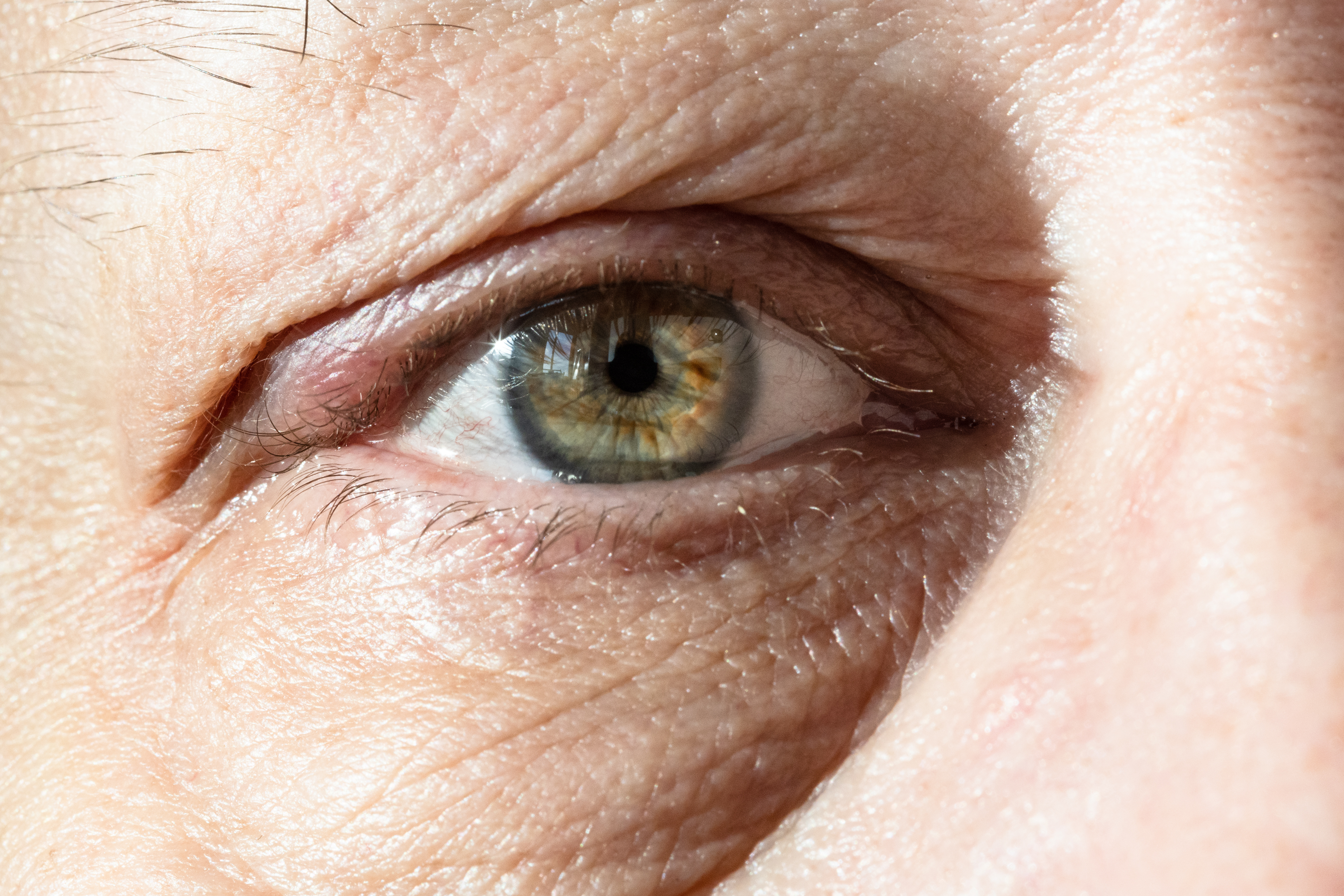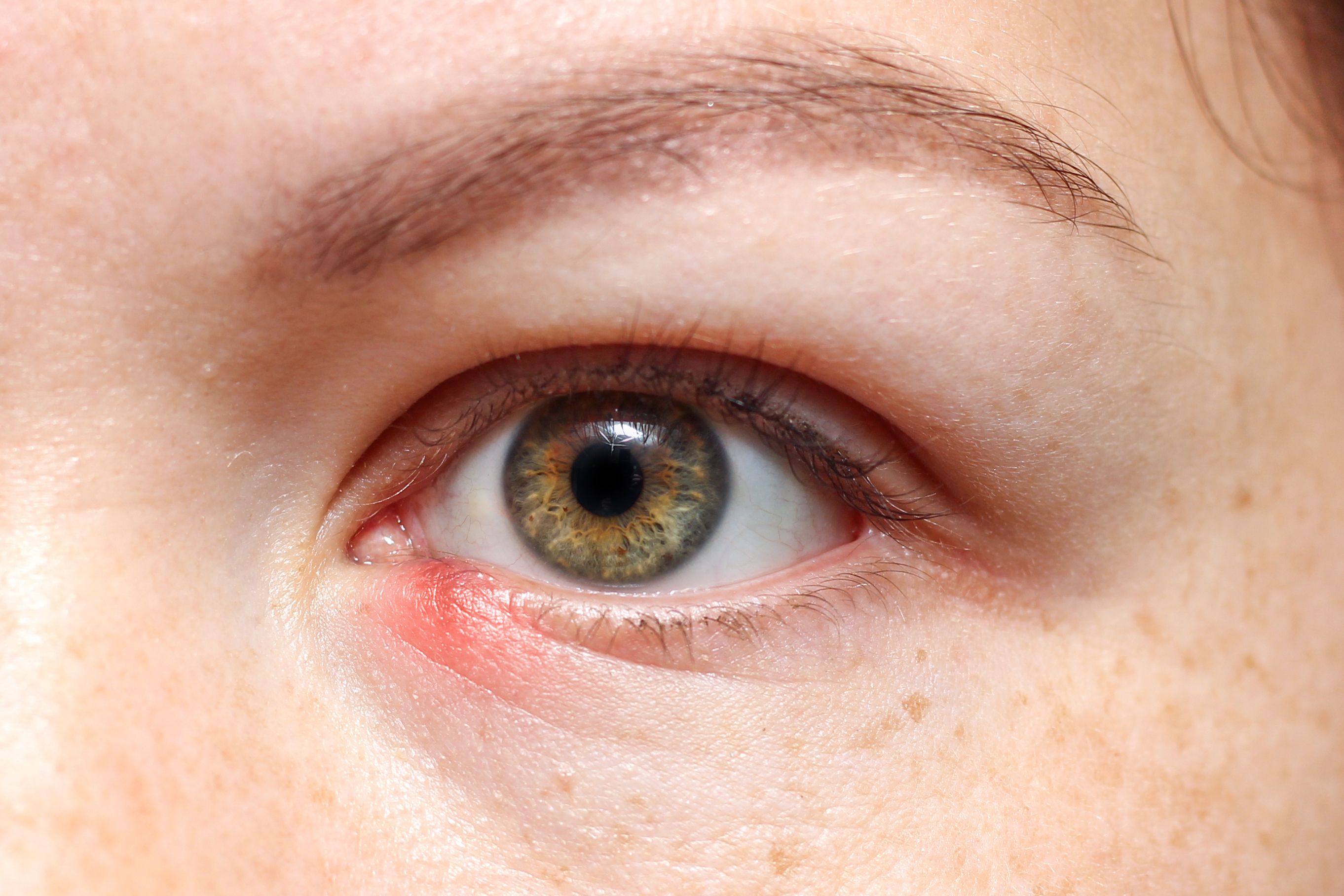Top 10 Expert Tips to Spot the Difference Between a Stye and a Chalazion
The human eye is a delicate organ, susceptible to various conditions that can cause discomfort and visual disturbances. Among these, styes and chalazia are two common eyelid issues that often confuse people due to their similar appearances. However, understanding the differences between these two conditions is crucial for effective treatment and prevention. This article aims to provide a comprehensive guide to distinguishing a stye from a chalazion, equipping you with the knowledge to handle these eye issues like a pro. Through exploring symptoms, causes, treatments, and preventive measures, we will delve into the nuances that set these two conditions apart. By the end of this article, you’ll have a clear understanding of how to identify and manage these common eyelid problems, ensuring better eye health and comfort.
Anatomy of the Eyelid

To differentiate between a stye and a chalazion, it’s essential to understand the anatomy of the eyelid. The eyelid comprises several layers, including skin, muscle, and connective tissue, each playing a vital role in protecting the eye and maintaining its function. Within these layers are glands such as the meibomian glands and the glands of Zeis and Moll, which produce oils that keep the eye lubricated. A stye, or hordeolum, typically arises from an infection in one of these glands, leading to a painful, red bump. In contrast, a chalazion results from a blockage in a meibomian gland, causing a non-infectious, firm lump. Recognizing the involvement of specific glands helps in identifying whether you’re dealing with a stye or a chalazion, as their origins dictate their symptoms and treatment approaches.
Symptoms and Sensations

The symptoms and sensations associated with styes and chalazia are among the most telling signs of which condition you might be facing. A stye generally presents with acute pain, redness, and swelling, often accompanied by tenderness and a sensation of warmth. This is due to the infection causing inflammation in the affected gland. Sometimes, a stye may even produce a small amount of pus. On the other hand, a chalazion is usually painless, presenting as a firm, rubbery lump on the eyelid. It may cause mild irritation or a feeling of heaviness but lacks the acute inflammation seen in styes. Understanding these symptom profiles is crucial for distinguishing between the two, as they guide the appropriate response and treatment strategy.
